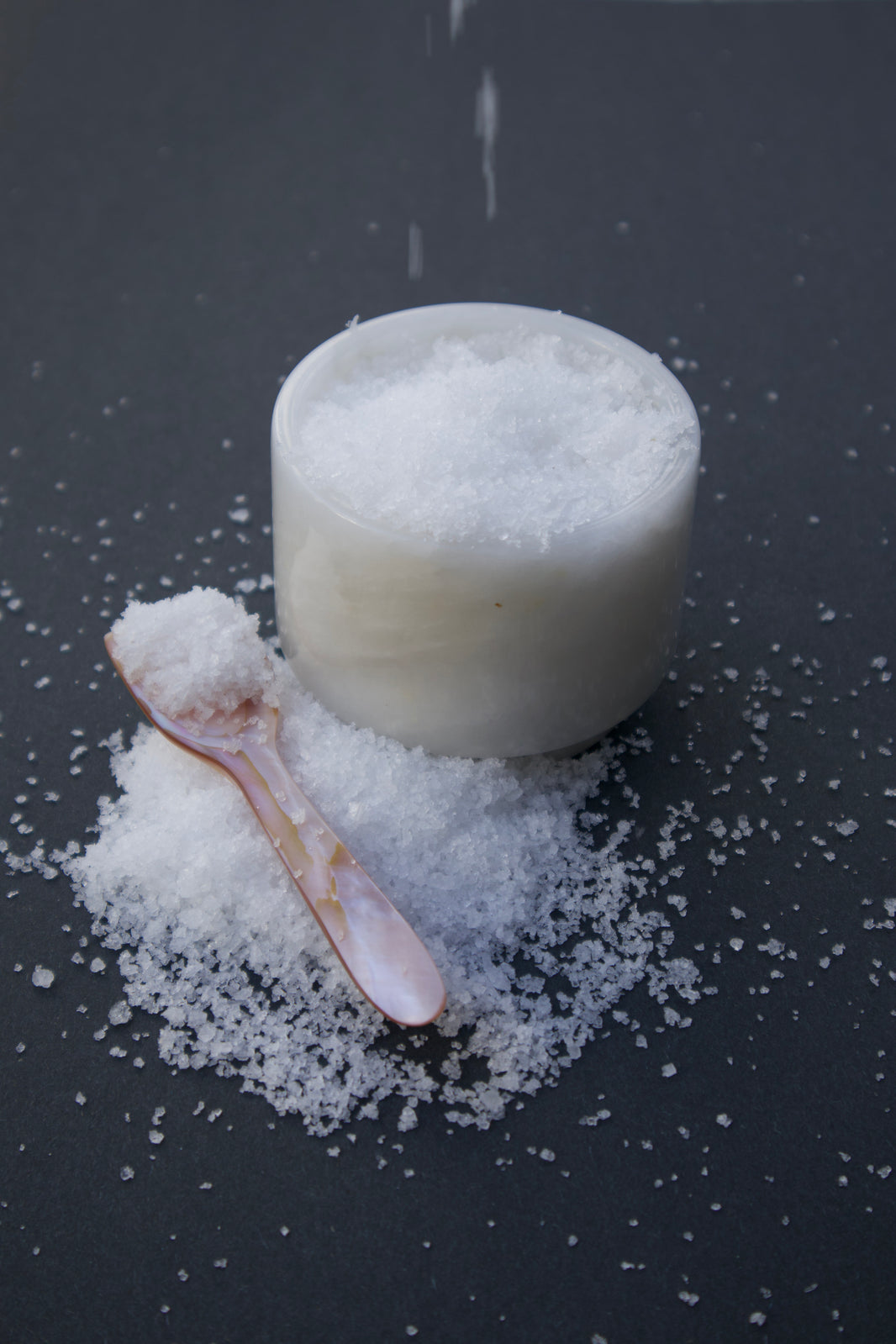
The History and Origin of Salt
Salt, one of the most essential and ancient minerals known to humanity, has played a vital role in the development of civilizations throughout history. Its origins can be traced back to ancient times when it was first discovered as a natural resource in the world’s oceans, rivers, and lakes.
Early Discovery and Use
Salt has been used by humans for thousands of years. The earliest evidence of salt harvesting dates back to around 6000 BC, in the region that is now Romania, where ancient civilizations began to extract salt from the earth using simple techniques like evaporating water from salt-rich lakes. Early humans quickly recognized the importance of salt, not only for flavoring food but also for its ability to preserve it.
In fact, salt’s preservation qualities made it an essential commodity in the survival of early societies. Before refrigeration, salting was the primary method of preserving meat and fish, allowing food to last through the winter months and helping trade flourish across the globe.
Salt in Ancient Civilizations
As trade routes developed, salt became a critical factor in the establishment of early economies. The ancient Egyptians, Greeks, and Romans understood the value of salt, and it played a central role in their daily lives. The Egyptians used salt in the mummification process, while the Romans paid their soldiers in salt, a practice from which the word "salary" is derived.
Salt was so valuable in Roman times that it was often used as a form of currency, and entire cities were built around salt production. The ancient Roman road system, known as the "Via Salaria," was established to transport salt, a resource that was as valuable as gold in certain regions.
Salt in the Middle Ages
During the Middle Ages, salt became an even more sought-after commodity. It was essential for preserving food during long winters, and in many places, salt taxes were a major source of revenue for governments. In some parts of Europe, salt was so highly taxed that it was considered a luxury item, leading to the rise of smuggling and black market trade in salt.
In addition to its culinary and preservative uses, salt continued to be of great economic importance, and vast salt mines were developed, such as the famous Hallstatt Salt Mine in Austria, which dates back to prehistoric times.


The Discovery of Sea Salt
While rock salt had been harvested for millennia, sea salt began to be recognized for its purity and mineral richness as early as the 8th century. The Mediterranean and Atlantic coasts, particularly regions like Guerrero Negro in Baja California Sur, Mexico, became renowned for producing some of the finest sea salts. The method of harvesting salt from seawater using the natural process of evaporation by sunlight and wind became widespread, and it remains a traditional practice in many coastal areas to this day.
Modern Times
Today, salt remains a staple in kitchens around the world, but its production methods have evolved. While modern mining and evaporation techniques are still used, many consumers prefer the traditional, hand-harvested sea salts, like Don Capo, which preserve the natural minerals and rich flavors of the sea. The emphasis on sustainability and purity has led to a resurgence of interest in ancient salt-harvesting methods, which produce high-quality, natural salts free from additives and chemicals.
The Legacy of Salt
Salt’s journey through history is a testament to its importance and versatility. From its role in ancient trade to its place as a culinary essential today, salt continues to be a symbol of preservation, purity, and flavor. At Don Capo, we honor this ancient tradition by bringing the finest, purest sea salt from Guerrero Negro to your table, just as it has been for centuries.
